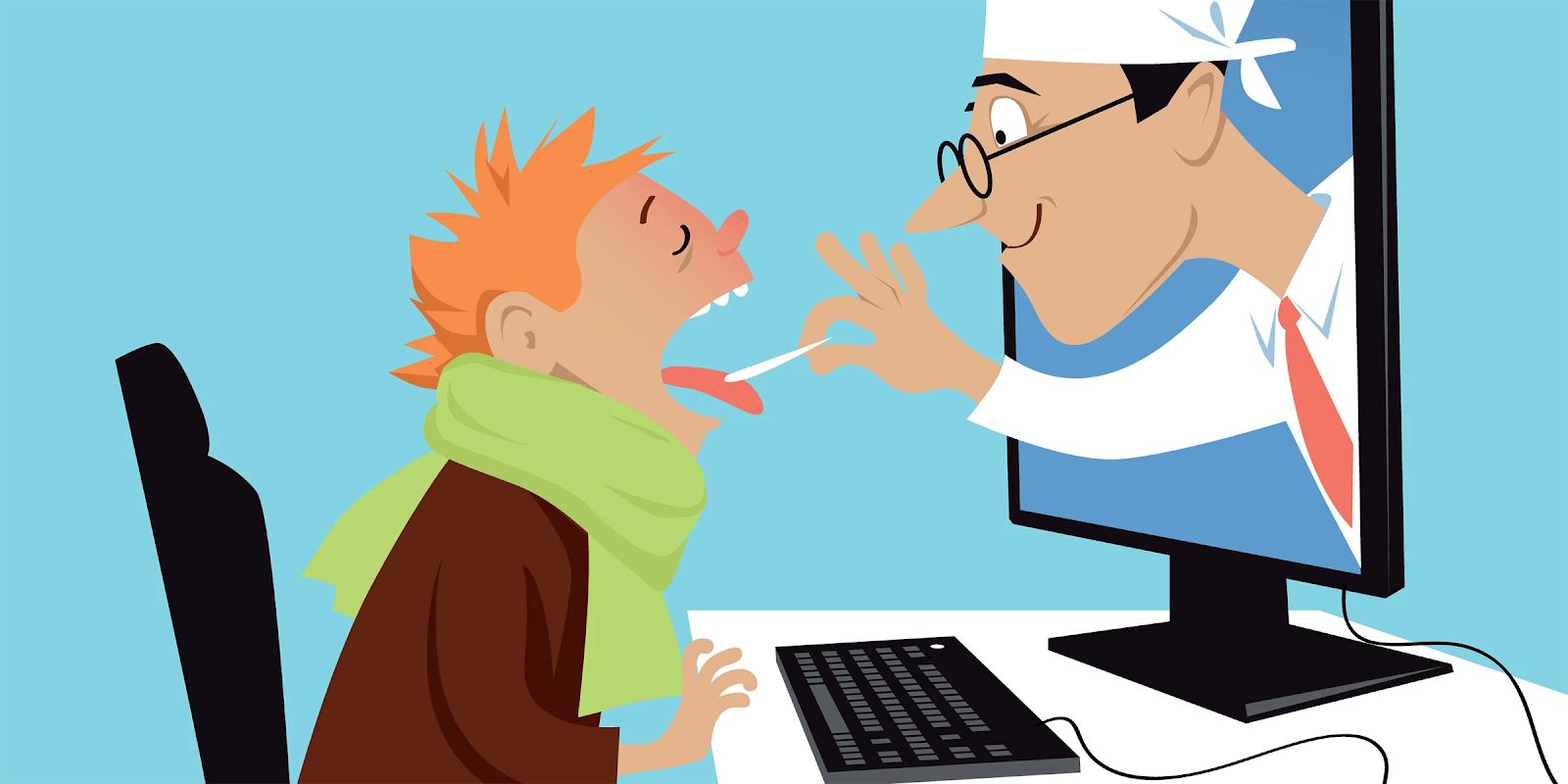Telemedicine has taken the medical world by storm in the wake of COVID-19. In the span of about ten days, I went from seeing every patient live in my office to see about one person a week face to face. Telemedicine is now the expected norm when I see patients. In fact, in most cases, we won’t see someone in the office unless they’ve been screened first with a telemedicine visit.
Interestingly, my practice had been considering telemedicine for years, but we never took the necessary steps. It felt like a lot of work to set it up given how well the current system had been working. Plus, I was personally skeptical about the utility of video visits. In medical school, the importance of a good physical exam is hammered into you. I have always prided myself on my physical exam skills, which has been reinforced by my finding important, subtle abnormalities on exams on many occasions over the years that likely resulted in better outcomes. Telemedicine seemed to completely abandon the physical exam, so how useful could it be?
After six weeks of doing telemedicine, I have drunk the kool-aid, and am now on board.
Don’t get me wrong- I’m still a big believer in the importance of the physical exam. After all, I trained at Georgetown University, which is considered a national epicenter for learning physical exam skills (Dr. Proctor Harvey, a titan of medicine and a Georgetown professor for over 50 years, literally wrote the book on cardiac exam skills). But I’ve been amazed at my ability to do a reasonable exam by telemedicine for many conditions, and by how much I can learn about a patient’s condition just by looking at them via video. After nearly 20 years of practicing medicine, I’ve learned that the majority of my physical exam occurs in the first 10 seconds of the visit, based solely on observation. This ability persists surprisingly well in telemedicine.
The other day, a patient’s son called me about a gastrointestinal issue with his father. Immediately after getting on the video call, I could tell there was something more wrong than a GI issue. The patient was gaunt, pale, and poorly responsive. I determined he should go to the emergency room, where he was found to have a severe cardiac issue and was admitted. A simple telephone call would not have been adequate, and a trip to my office could have caused more trauma and delayed his care in the ER.
In addition to just getting a general sense of a patient’s status, there are other parts of the exam that can be very adequately addressed by video. In this time of high stress, I can care for a patient’s insomnia or anxiety just as easily as in my office. I have been able to distinguish benign skin lesions from concerning ones. And many of my patients can monitor important readings from home, such as blood pressure, temperature, heart rate, and blood sugar, with simple devices they have in the house, and convey those readings to me. I’ve also become adept at conducting a video orthopedic exam, which I never would have expected possible before this crisis.
There are still significant limitations to video visits. They will likely never replace the value of a stethoscope and years of medical training in physical exams. However, their role cannot be minimized, especially in our current situation. Since everyone is different, there is always a degree of uncertainty in everything we do in medicine. The question a physician always considers before taking an action is, “Do the benefits outweigh the risks?” During this time of COVID-19, the answer for telemedicine is a resounding “yes.” Telemedicine allows us to continue a certain level of medical care without putting our patients, or ourselves, at risk of infection. Sometimes we have no choice but to bring patients into the office, but telemedicine allows us to screen everyone first and decide who absolutely needs to be seen in person.
And there are other benefits to telemedicine that we knew before COVID-19 came around. Telemedicine allows care for those too sick or infirmed to come to the office. It brings medical care to rural or underserved areas (as long as they have the internet). It saves time for busy working people who avoid doctors’ visits because of the travel time and long waits in the office. It allows patients who are traveling to “see” their own physicians if they are sick or injured. And, by increasing the access to your physician, studies have shown that telemedicine can decrease overall healthcare costs.
Most importantly, in today’s context, people all over the world are avoiding care, because they are understandably concerned about being exposed to COVID-19 in a healthcare setting. But the death toll from NON-Coronavirus disease during this time may prove to be higher than the virus itself due to people avoiding care. In Italy alone, the death toll from coronary disease in March of this year increased 26%, likely, in part, from patients too afraid to seek care. Telemedicine can be our vaccine against these unnecessary deaths. We can keep patients safe while still addressing their medical needs.
So, it would seem that telemedicine is here to stay. And, as both patients and physicians do it more, we will only get better at this with time. COVID-19 is likely going to be around for a while. But that doesn’t mean you should continue to put off an important medical visit. If you are skeptical, I challenge you to try it for yourself; make a telemedicine visit with your doctor, and see how it goes. There’s a good chance it will exceed your expectations like it has mine.
Good luck, good health, and be safe!
